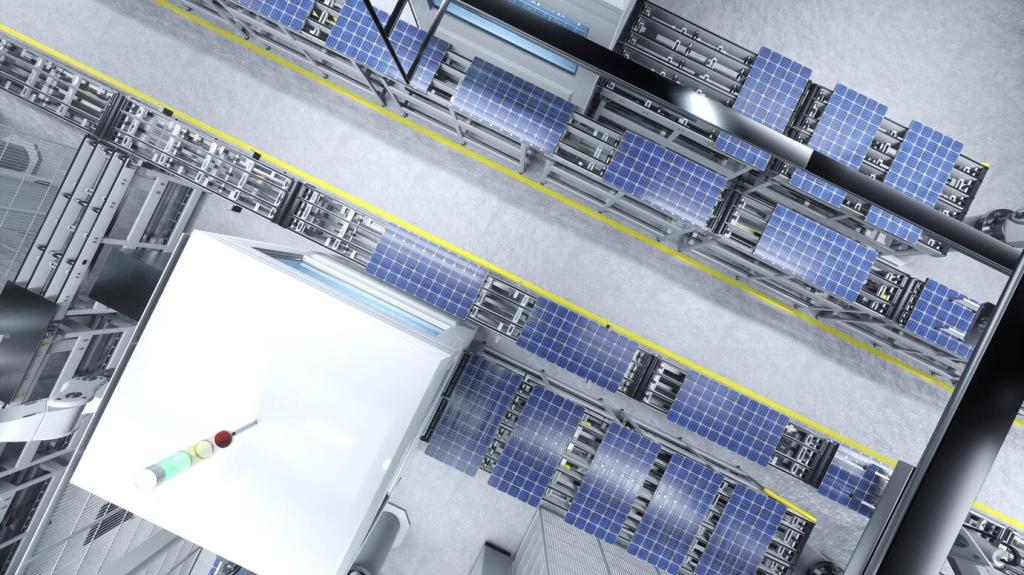Unlocking Efficiency: AI for Supply Chain Optimization
Chosen theme: AI for Supply Chain Optimization. Discover how data, models, and human judgment combine to forecast demand, right-size inventory, streamline logistics, and build resilient, sustainable networks. Join the conversation, subscribe for fresh insights, and help shape smarter, faster operations.




Demand Forecasting That Learns and Adapts
Blend seasonality with promo calendars, competitor pricing, macroeconomic indices, and social trends. Gradient boosting and deep learning models can capture non-linear effects, producing sharper predictions that help planners time orders and allocate constrained capacity more intelligently across channels.
Demand Forecasting That Learns and Adapts
Instead of chasing a perfect point forecast, generate distributions and scenarios. With predicted ranges, you can set service-level targets by SKU and region, translate uncertainty into safety stock buffers, and simulate how different inventory policies shape cost-to-serve and customer experience.


Inventory Optimization Across the Network
Calibrate safety stocks by target service levels and lead-time variability, not guesswork. Machine learning can link historical volatility and supplier reliability to dynamic buffers, lowering stockouts without ballooning inventory, and shifting capital from low-velocity items to growth categories with confidence.
Inventory Optimization Across the Network
Look beyond single-node optimization. With multi-echelon models, upstream buffers cushion variability while downstream nodes focus on responsiveness. The result is fewer emergency transfers, faster fulfillment, and a strategy that respects constraints like shelf life, MOQ, and cross-dock capabilities.
Smarter Logistics and Routing Intelligence
Real roads have traffic, driver breaks, and delivery windows. AI solves routing with time windows and capacity constraints, then updates plans as conditions change. That agility prevents cascading delays and creates credibility with customers who measure reliability order by order.
Smarter Logistics and Routing Intelligence
Predictive ETAs and micro-zoned territories reduce failed deliveries. Blend geospatial data, historical stop times, and building access patterns, then surface proactive notifications. Customers appreciate transparency, and operations benefit from fewer redeliveries and tighter alignment between promised and actual service.


Risk, Resilience, and Digital Twin Scenarios
Blend financial health, on-time performance, geopolitical exposure, and ESG issues into a living risk score. AI prioritizes dual-sourcing candidates and recommends buffer strategies, helping you prepare before a single-source component turns a minor delay into a production stop.
Risk, Resilience, and Digital Twin Scenarios
Mirror your network with a digital twin to safely trial new policies: order cycles, DC locations, or nearshoring options. Run experiments on service impact, inventory levels, and transportation cost, then promote what works to production with transparent business justification.


Human-in-the-Loop: Trust, Transparency, and Adoption
Planners need to see drivers, not black boxes. Highlight feature contributions, demand shifts, and constraint trade-offs behind every suggestion. When people understand why a reorder point moved, they are far more likely to accept and improve the recommendation over time.

